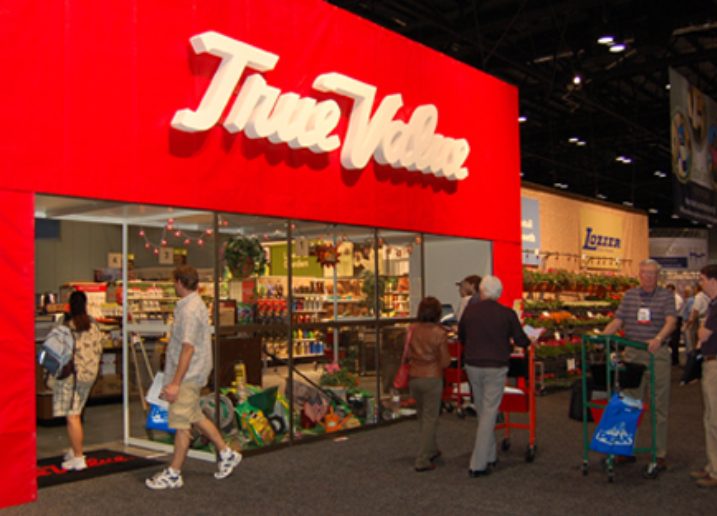Anticipating and incorporating demand, particularly for highly seasonal and weather-dependent items, is crucial to delivering an exceptional customer experience while maintaining accurate inventory levels and a healthy profit margin. It’s a particularly tough challenge for retailers that are managing highly variable product lifecycles based on geography and seasonality.
Starting in 2017, True Value took the challenge head-on, implementing JDA Demand to revamp its demand planning processes. Since deploying JDA Demand, True Value has:
- Saved “millions of dollars” in unproductive inventory reductions;
- Improved forecasting from a monthly to a daily basis; and
- Maintained fill rates.
By better forecasting demand, True Value can adjust inventories to meet regional store needs, which fluctuate significantly depending on the season. As a hardlines wholesaler to more than 4,400 independent hardware stores, each True Value store can have an entirely different look and feel. A consumer may not always find the exact same products at one True Value that they find in another, and the number of products for each store varies widely depending on the location or retailer.
“We have a very heterogenous store base,” said Lyndsi Lee, Divisional VP of Inventory and Global Sourcing at True Value in an interview with Retail TouchPoints. “With that, we have a lot of demand variability. Also, as a wholesaler we sometimes lack true demand signals from our customers. For example, we don’t have POS data from all our customers, nor do our customers necessarily place orders from us if we happen to be temporarily out of stock on an item. We always aspire to continuous improvement, and to accomplish that, we work closely with our customers to build collaborative forecasts. Having that ability allows us to more quickly respond to trends.”
The True Value team sought to integrate predictive analytics within its demand forecasting capabilities, which the wholesaler didn’t have with its previous demand planning system.
“Consistent with the rest of the home improvement industry, our business is significantly impacted by seasonal influences — spring and winter in particular,” said Lee. “We’re always continuing to focus on new categories that are going to drive relevancy for our stores. If you think about those two factors, they drive significant demand variability within the business. We were really just seeking a solution that would help us drive increased forecast accuracy.”
Granular Forecasting Enables True Value To Capture Demand By-The-Day
True Value also can more accurately predict demand, and reallocate or redeploy inventory across its system to alleviate transportation challenges throughout the supply chain, according to Lee. The wholesaler has cut down its forecasting times from monthly to daily, and even can forecast at a granular store level. These capabilities are well ahead of its prior systems, which would routinely cause True Value to miss opportunities to adjust demand forecasts.
Bringing forecasting horizons down from monthly to daily has been particularly helpful with weather-related predictions. “If you think about weather accuracy — we’ve all experienced this — you’re looking out a week and it says it’s going to rain,” Lee said. “Lo and behold it’s a perfect, beautiful day, or worse, it’s the other way around. As we’re trying to incorporate weather signals into our forecast, particularly as you’re looking at longer time horizons, we realize that the accuracy level is low. If you’re refreshing your forecasts on a monthly basis, you’re not incorporating the latest and greatest information, so having the ability to incorporate more current, up-to-date information enables us to more proactively plan where we place inventory. This clearly drives improvements from an in-stock perspective, but also helps mitigate unnecessary expedited freight charges.”
True Value also plans to expand its JDA footprint with a replenishment planning module, designed to respond and replenish demand more quickly.
“Having a time-phase view of our receipts plan and inventory positions allows us to better collaborate with our vendors,” Lee said. “As an example, we historically see longer lead times in Q4 for a number of reasons, like holiday schedules at factories or goals from a supplier perspective. The module will help us anticipate these longer lead times so we can better work with our suppliers to improve product flow and ensure continuity.”













